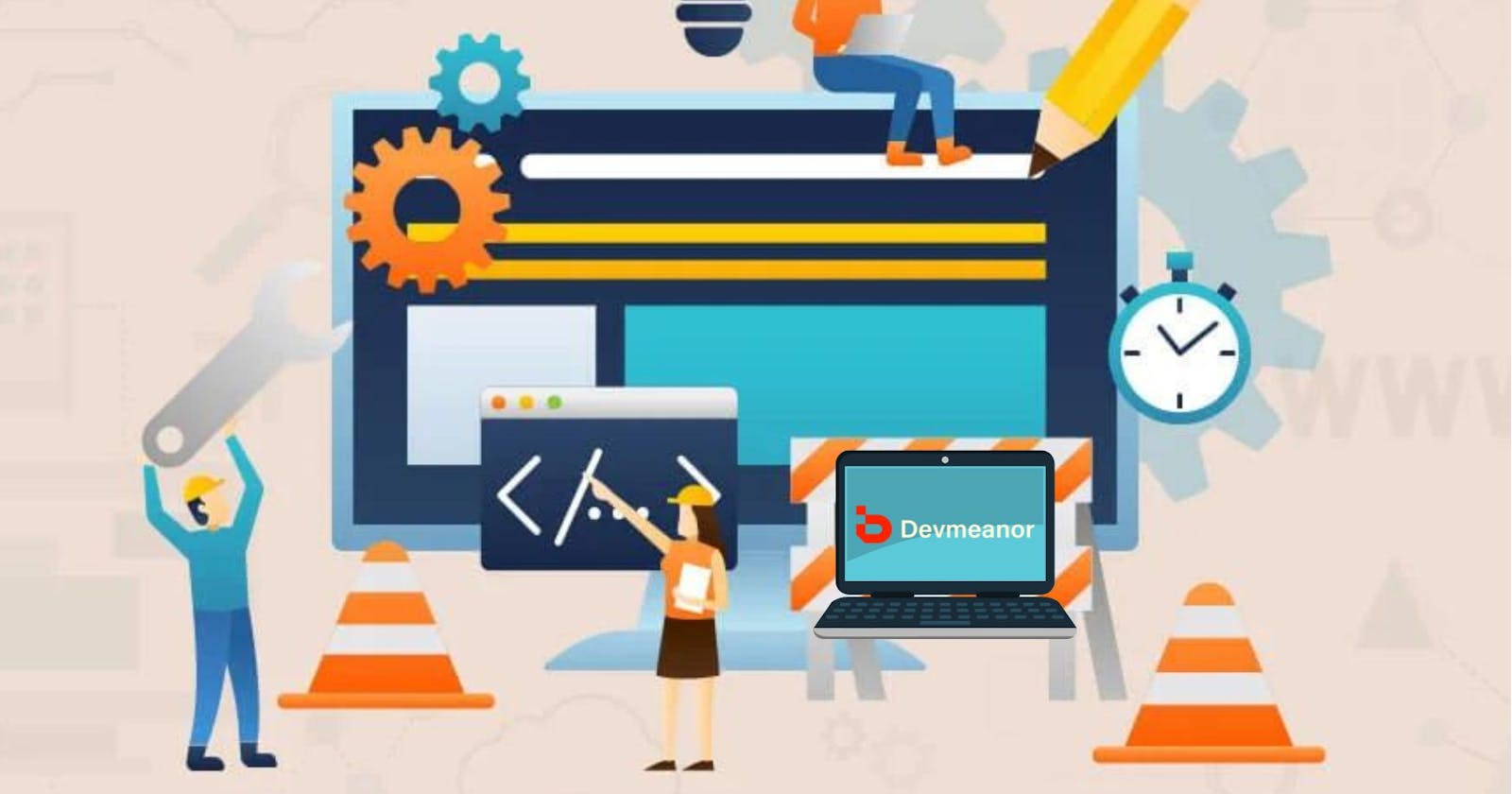7 Types of Software Development Life Cycle Methodologies You Should Know About

What exactly is an SDLC methodology?
This question often comes up when talking about DevOps, Agile, and other software development lifecycles. While the answer to that can get complex, you don’t have to know all the nitty-gritty details about each methodology in order to communicate what you need to know about them in your writing or communication efforts. For now, here are seven of the most common types of SDLC methodologies that you should know about, along with some quick facts about each one.
Waterfall Model
The waterfall model (also known as serial development) follows a linear path where the design and development work starts with the business analysis, then continues with requirements gathering, systems design, coding, and testing. The final stages of the model includes installation, deployment, and maintenance. If problems arise during any stage in the process-especially during testing-you will have to fix these before you can move on to the next stage.
Agile Model
Agile methodology is an iterative, incremental, and time-boxed process for developing software. Agile software development teams use rapid prototyping in order to deliver less complex products in a shorter amount of time. In this methodology, there are no set phases and each project has a different list of phases based on the features being built. The typical steps in an agile project include estimation, requirements gathering, design, implementation, review and iteration.
MDA Model
The MDA Model is a software development methodology that can be applied to the whole development process or just one specific stage. It stands for Model Driven Architecture and splits the process into two parts: analysis and design. First, requirements are gathered through interviews with the end-user. Second, a model based on those requirements is created.
Spiral Model
The spiral model is a method for software development where the phases of design, development, and testing are repeated. This approach allows developers to try ideas and get feedback as they work in order to be as productive as possible. Developers will also create use cases to identify the different scenarios an application could operate under. Successfully implementing this methodology requires changes in both organizational culture and technical design standards.
Incremental Model
The incremental model, also known as the linear model, involves a process which is repeated again and again. New features are developed each time to enhance the product, which is why this is the most common software development life cycle methodology used today. Changes can be made between iterations and developers can view what has been done at any point in the process to determine how each iteration will affect future ones.
RUP Model
The Rational Unified Process (RUP) model is one of the most popular software development life cycle methodologies. Developed by Rational Software Corporation, it is a formal framework that encompasses nine phases - starting with identifying the problem, research and planning, developing an initial solution design, and concluding with deploying a final version.
How to hire best software development company
It is essential to know what kind of company you are going to hire in order to best ensure the success of your project. Hiring a software development company to develop your idea may be essential. To ensure that you're choosing the best team for your project, keep these seven life cycle models in mind when researching companies.

